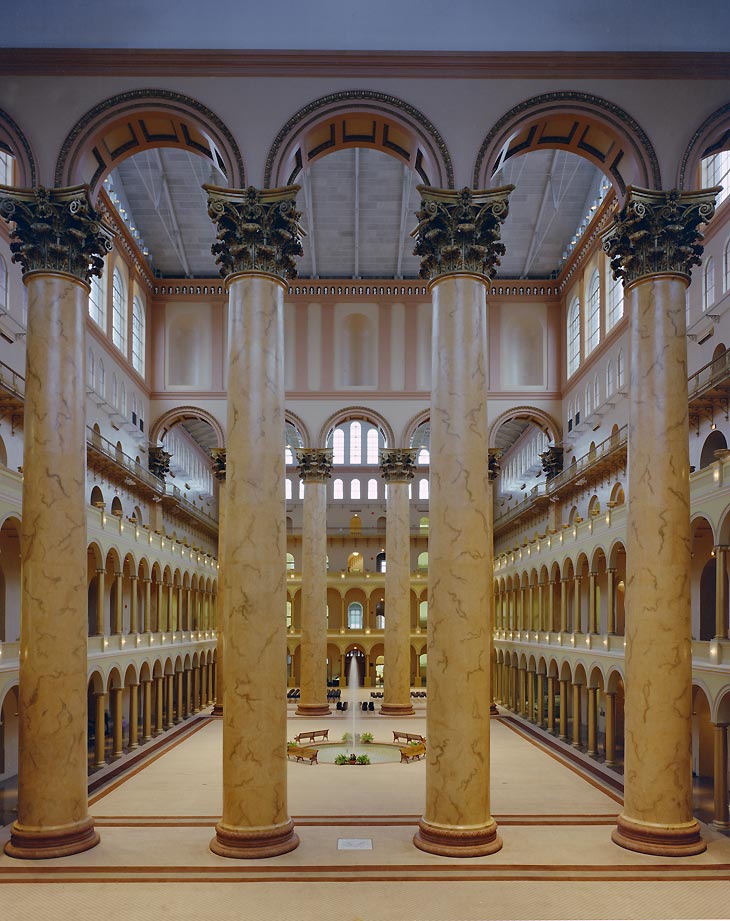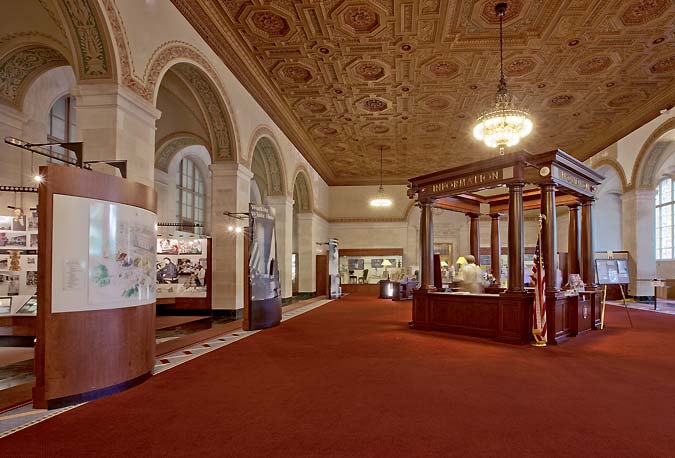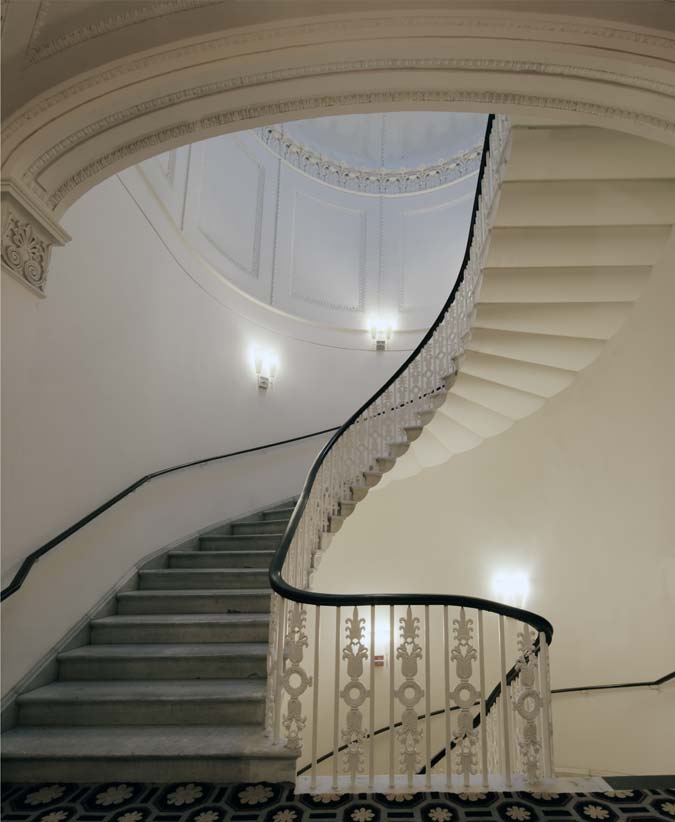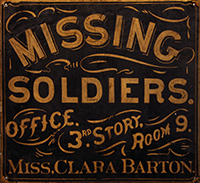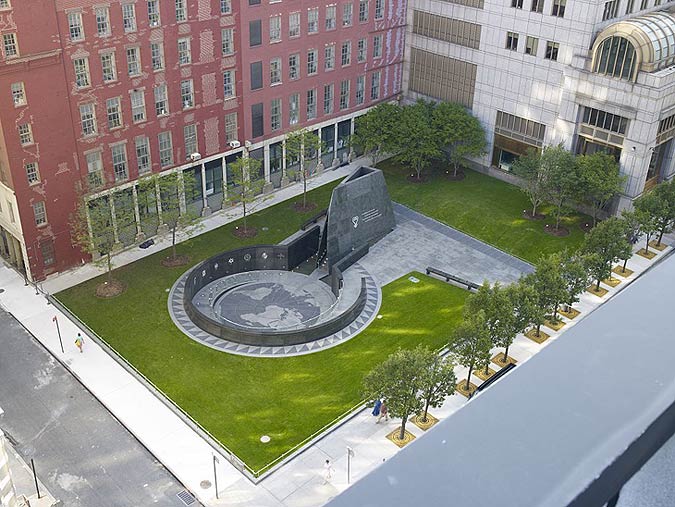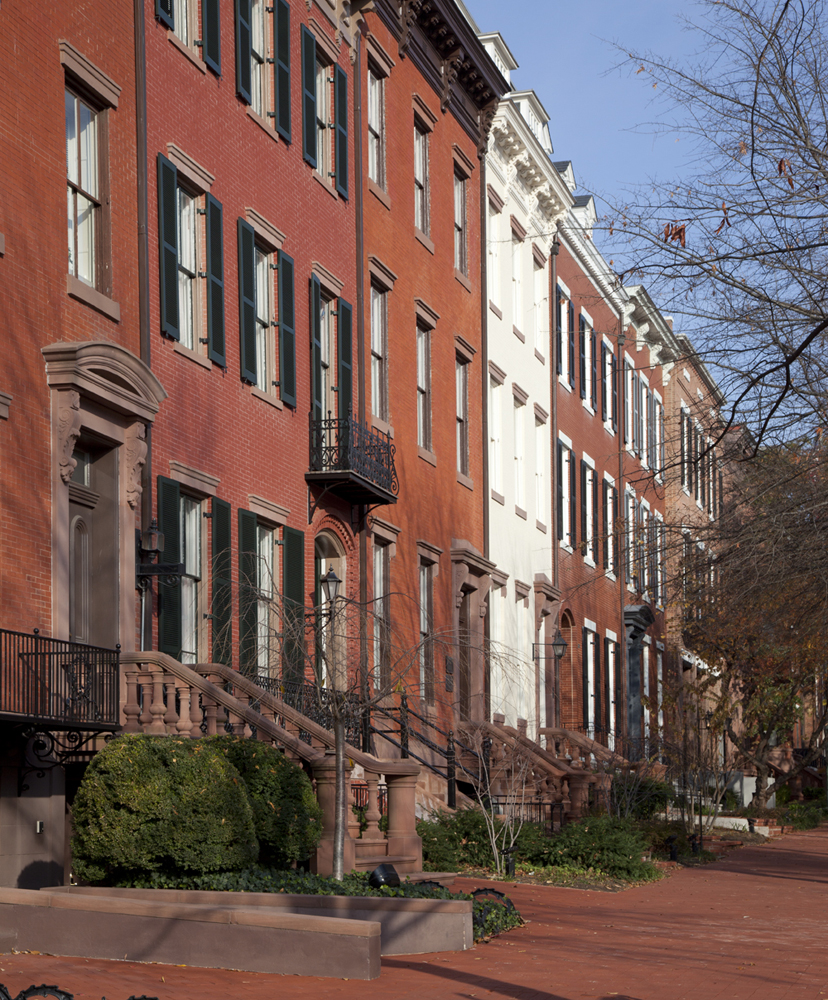The historic federal buildings listed below welcome the public, and offer visitors unique windows into American history and GSA’s commitment to wise reuse of historic buildings. One building celebrates the life and work of American Red Cross founder, Clara Barton. In New York City, the National Museum of the American Indian, located in the spectacular Beaux-Arts Classicism Alexander Hamilton U.S. Custom House, serves as a hub for vibrant cultural events, classes, and films.
Suggested Destinations
These travel suggestions are just one way GSA fulfills its responsibilities outlined in Executive Order 13287, Preserve America, which calls on federal agencies to protect, enhance, and use historic properties owned by the government.
The U.S. Pension Building contains one of the grandest ceremonial spaces in the federal inventory. Designed by General Montgomery Meigs, the 1887 building is now home to the National Building Museum. Colossal Corinthian columns in the atrium measure 75 feet in height and are among the tallest in the world.
The Department of the Interior Museum contains exhibits that explore the history of the agency and architecture of the Stewart Lee Udall Department of the Interior Building. The Indian Craft Shop, which opened in the building in 1938, carries a diverse selection of crafts by American Indian artists.
White House Visitor Center Washington, DC
The White House Visitor Center is located in the Great Hall of the Herbert C. Hoover Federal Building. Originally the Patent Search Room, the Great Hall subsequently served as the Washington Tourist Information Center and temporary office space. In 1993, restoration of the ornate plaster ceiling and Indiana marble walls began. Today the space contains interactive exhibits, visitor information, and the White House Historical Association shop.
The Hotel Monaco occupies one of Washington’s most significant federal buildings. Robert Mills designed the 1839 building to serve as the General Post Office, and Thomas Ustick Walter designed the Civil War-era extension. The National Historic Landmark is now one of Washington’s premier hotels.
In 1997, as GSA was preparing to dispose of this circa 1853 row building, a cache of personal possessions discovered in the attic revealed it to be the forgotten location of Clara Barton’s Civil War-era quarters and Missing Soldiers Office. GSA sold the property to a developer, but retained a preservation easement. Subsequently, GSA oversaw its restoration and entered into an agreement with the National Museum of Civil War Medicine to operate a museum interpreting the life and work of Barton during her occupancy.
The George Gustav Heye Center of the National Museum of the American Indian explores the diversity of Native American cultures from the prehistoric era to the present. The Alexander Hamilton U.S. Custom House, which architect Cass Gilbert designed in the Beaux-Arts style in 1899, houses the museum. A monumental structure on the south side of Bowling Green in lower Manhattan, the building exterior is embellished with sculptures by Daniel Chester French, sculptor of the statue of Lincoln in the Lincoln Memorial, representing international commerce.
The African Burial Ground was discovered in 1991 during the construction of the Ted Weiss Federal Building in Lower Manhattan. The burial ground encompassed five city blocks during the 17th and 18th centuries. The remains of 419 individuals uncovered during the archeological excavations were reinterred at the site in October 2003. The site was designated a National monument in 2006, and the following year the African Burial Ground Memorial was dedicated.
Chihuly Glass Exhibit Tacoma, WA
The Chihuly Glass Exhibit is housed in the rotunda of Tacoma Union Station, a Beaux-Arts building that served rail passengers from 1911 to 1984. After the railway abandoned the building, it stood empty for several years until GSA leased, renovated, and adapted it for use by the federal courts. Dale Chihuly, a Tacoma artist, created a stunning collection of glass art, including a cobalt blue chandelier that hangs from the ninety-foot-high dome.
Lafayette Square Washington, DC
Framed by nineteenth-century rowhouses that were once home to Washington’s political elite, Lafayette Square is a picturesque public park located directly north of the White House on Pennsylvania Avenue.

 U.S. General Services Administration
U.S. General Services Administration
